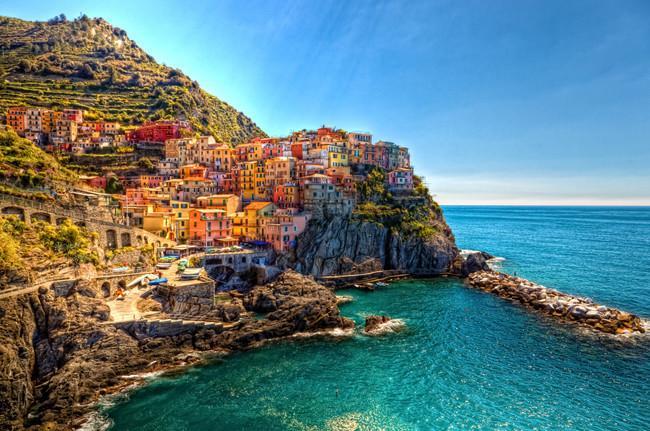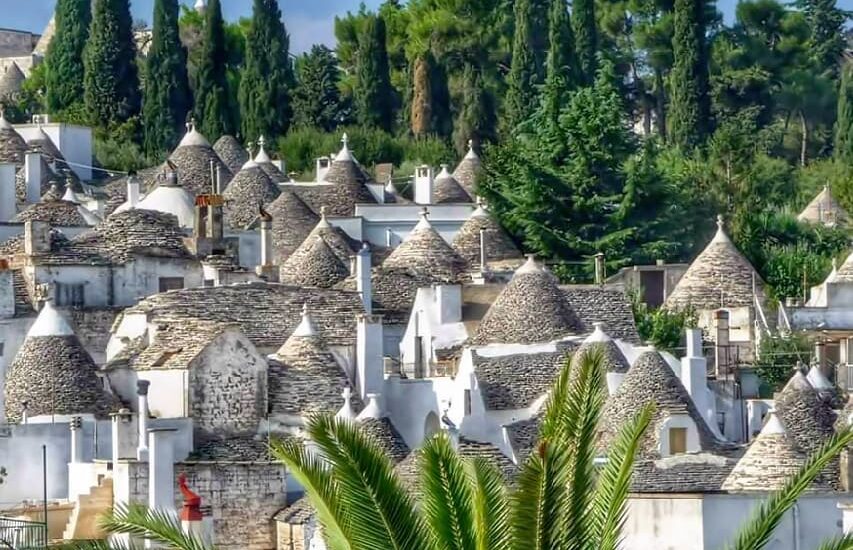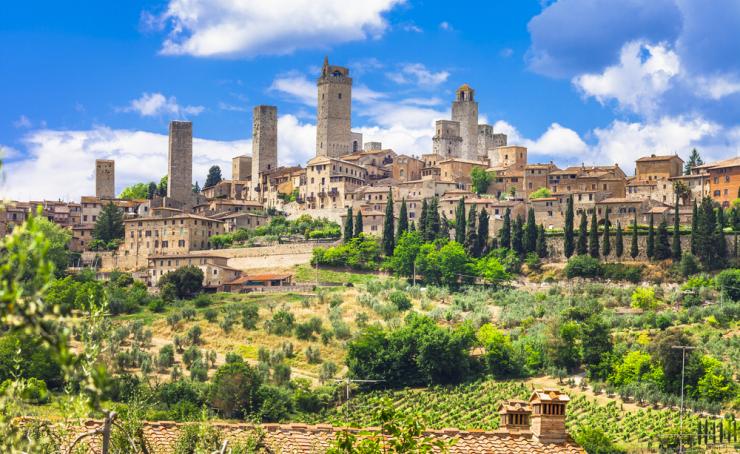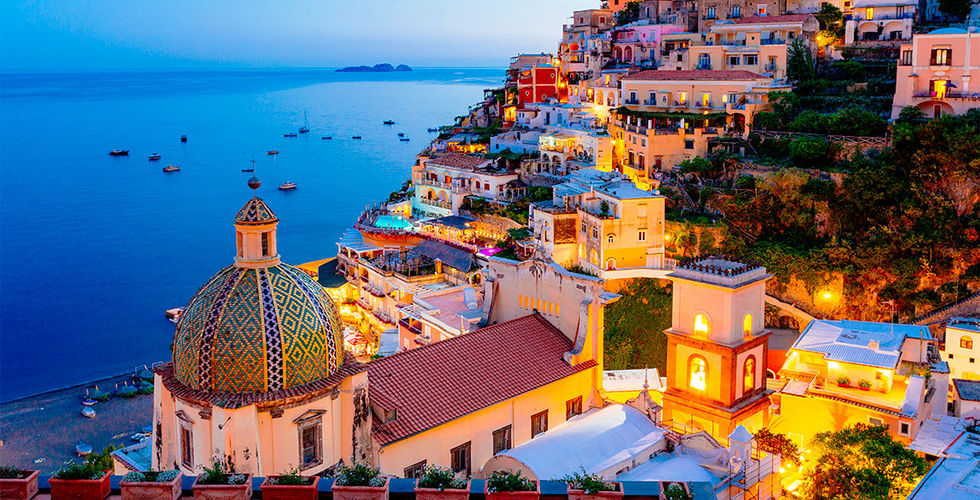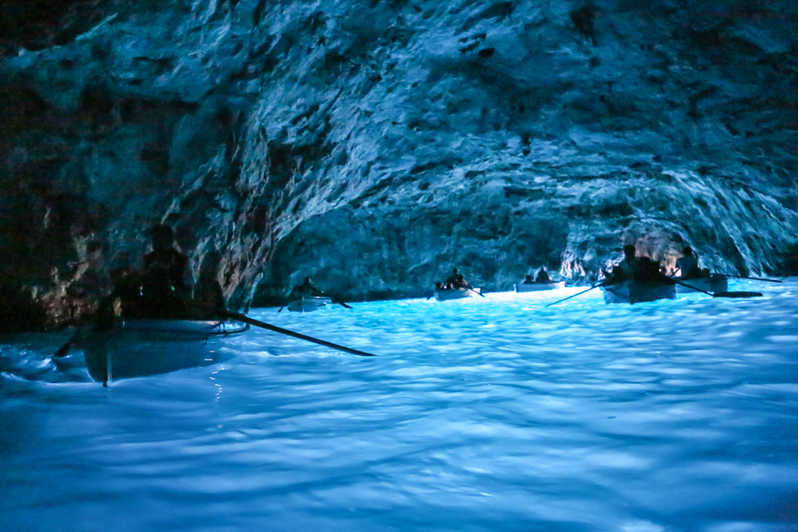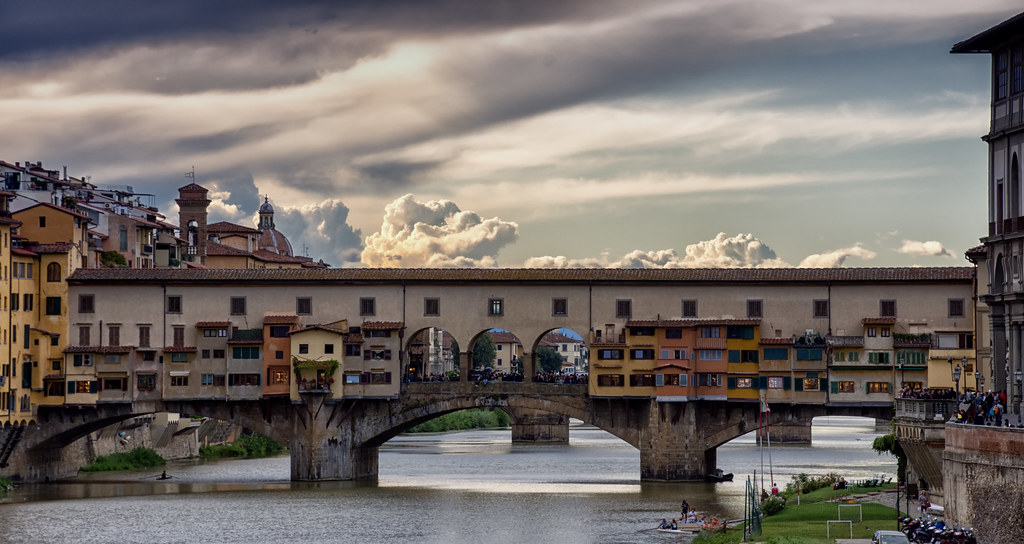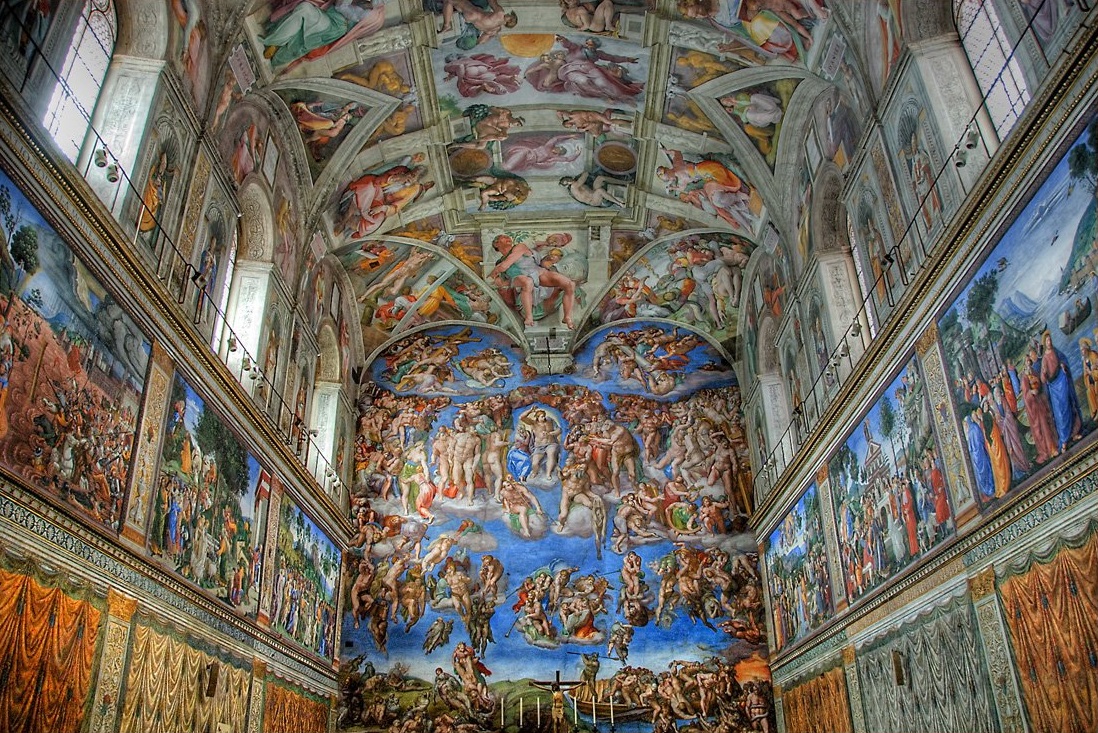San Gimignano is a medieval town located in the hills of the region of Tuscany. This place, also called «The City of a Thousand Towers» is just 60 km from Florence. That’s why if you are in the Florentine capital and want to know this beautiful town.
Travel to San Gimignano
San Gimignano, a UNESCO World Heritage Site, is a small town ideal for a midday visit.
Its distance from Florence, allows you to know it when you go on an excursion to other neighboring cities, such as Monteriggioni (a medieval town surrounded by circular walls) or Siena.
Already being in San Gimignano we can travel it in a couple of hours. The town center has 2 main roads, one is Via San Matteo and the other is Via San Giovanni.
In addition, it has 4 seats, the Piazzas della Cisterna, the Duomo, delle Erbe and Pecori. Walking through its streets you will find the important buildings of the city, such as the Duomo, the Palazzo Comunale and the Collegiata.
One of the things that attracts tourists to San Gimignano are the fourteen towers of the medieval era that are still preserved there.
These were made, along with another fifty-eight more, as a way for wealthy families to show their power and wealth, it was like a way to compete with each other. At that time San Gimignano was the Manhattan of its time.
What to see and do on a trip to San Gimignano
Duomo
The Duomo is a temple called Basilica of Santa Maria Assunta that is located in the Basilica Square of San Gimignano.
Inside it houses a collection of frescoes that pay homage to art at its best. For this reason, the Duomo, dating from 1148, is one of the most prestigious museums in the region of Tuscany.
Palazzo Comunale, San Gimignano
The Palazzo Comunale de San Gimignano offers headquarters to the communal authorities and the Civic Museum.
It is one of the most important buildings in the town. There, as we have already mentioned, you can ascend the 54m high of the Grossa Tower, which dates from the year 1311, and observe panoramic views of the city. Florentine and Senesian works are exhibited in the Civic Museum.
Piazza della Cisterna
In the Piazza della Cisterna you will find the most interesting and authentic site of San Gimignano. The palaces, the fountains, the original road, the towers, in short, all the architecture that is contemplated in this square will take you to the Middle Ages.
La Rocca of San Gimignano
La Rocca de San Gimignano is the fortress of this town that is fully walled. In the distance it is possible to see the imposing image that this city fortress offers.
These moles of stones rise defensively guarding the towers and structure of the town.
Gelateria della Piazza
If you are one of those who love ice cream, do not forget to go to the Gelateria della Piazza. This ice cream shop is in Piazza della Cisterna, in the heart of the city.
It is a category ice cream shop, it is famous worldwide and has received awards for the quality of ice cream it sells.
Museo del Vino della Vernaccia
San Gimignano has a white wine that is world renowned, it is called La Vernaccia de San Gimignano. To know the quality of the product and the wine culture and tradition of this city visit the Museo del Vino della Vernaccia. Ideal place for wine lovers.
San Gimignano Museum 1300
Getting to know the San Gimignano 1300 Museum is an interesting visit. There you will see a stunning reconstruction made in San Gimignano pottery, just as it was for the s. XIII and XIV.
How to get?
There are several ways to get to San Gimignano from Florence
Train
There is no train that connects directly to San Gimignano with Florence. The closest train is the one that goes from Florence to Poggibonsi and then you would have to take a bus from Poggibonsi to San Gimignano. Because of this, using the train to go to this town is not the most recommended option.
Bus
The journey from Florence to San Gimignano can take 1½-2h. There are quite a few buses with direction Poggibonsi during the day. They leave several buses a day. Already in Poggibonsi you have to take another bus to San Gimignano.
Car
If you prefer you can travel to San Gimignano from Florence by car, you just have to drive 60km southbound from the Tuscan capital. If you don’t have one of your own you can have the car rental service.
